I have been a photographer, both professionally and artistically, for most of my adult life. After getting my bachelors degree in Photographic Engineering Technology (a now largely obsolete field of study) in 1987, I began working as a photojournalist at a handful of daily newspapers in the U.S. states of Minnesota, Pennsylvania and North Dakota.
I left photojournalism after 16 years to work as a photographer at a research university, a job with better pay, less stress and regular hours. In 2000, I left my university position to accompany my wife to her new job in Wyoming.
My love of photography began while serving in the U.S. Army and stationed in what was, at the time, West Germany. I began by taking the usual tourist snapshots, but quickly became dissatisfied with banality and shallowness of these photographs and started searching for more meaning and understanding in the subjects I was photographing. I wanted to make images that meant something not only to me, but to the viewer, as well.
My early career in photojournalism has had a big influence on my current landscape work. During that time I learned to have great respect for my subject matter and to never judge it based on solely upon first glance. Also, I learned the value of simplicity and reticence, where including less is often saying more.
My style of photography is primarily, but by no means absolutely, formal and balanced. Often my subjects are centered in the frame, surrounded by a significant amount of environmental space. While my subject matter runs the gamut of the landscape genre, from pure nature to man-made, I tend to respond more strongly to those scenes which are at the confluence of nature and man, influenced by both but not totally controlled by either. It is in these areas of overlap that I find the most meaning.
As I have never really felt a strong attraction to color, instead preferring studies of shape, form and texture, I photograph exclusively in black and white. Well, almost exclusively as I have, over the past seven years, created only two color photographs which I truly like. Much of my early work was very much in the Group f/64 vein, with a rich tonality of grays. My more recent work, however, eschews much of the middle grays, instead depending on very bright or very dark canvasses, which I find more accurately conveys the feelings I had when in the presence of my subject matter.
As with many others, I began photographing black and white landscapes with a large-format view camera, a process with which I was never truly comfortable. My day jobs were all centered around 35mm cameras, a form which I appreciated more than large-format as it allowed me to be more fluid and mobile, and work quickly and intuitively. So, when digital, 35mm-style cameras advanced to the 12-megapixel range, allowing moderate-sized prints of excellent quality, I quickly adopted them as my primary photographic tool. And while I don’t do much digital manipulation of image content such as cloning, erasing, etc (other than for dust), I do appreciate the powerful control I have to adjust global tonality as well as selected areas. As I make a lot of mistakes, I most appreciated the ability to CTRL-Z. [Official Website]
I would like to be able to describe, clearly and concisely, what my photographic motivations are but, to be honest, I am not entirely sure what they are. I do know that photographing landscapes is, to me, very much like therapy or meditation. I find peacefulness and harmony in scenes which are austere or quiet or reticent (thus ignored by many other photographers), as are the flat and unadorned plains of the central United States. These places allow me to relax, to become introspective with my thoughts, and to publically express myself in a way that would be verbally difficult


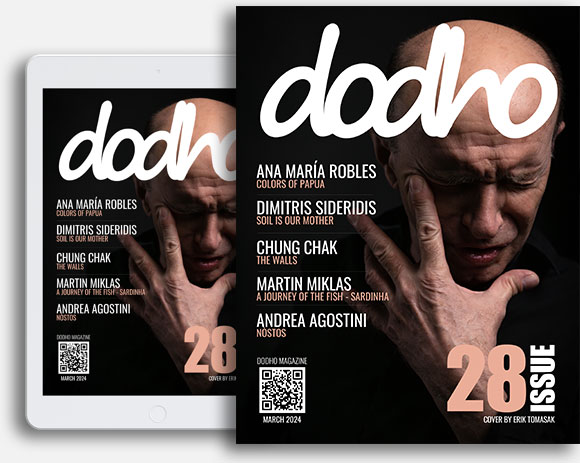
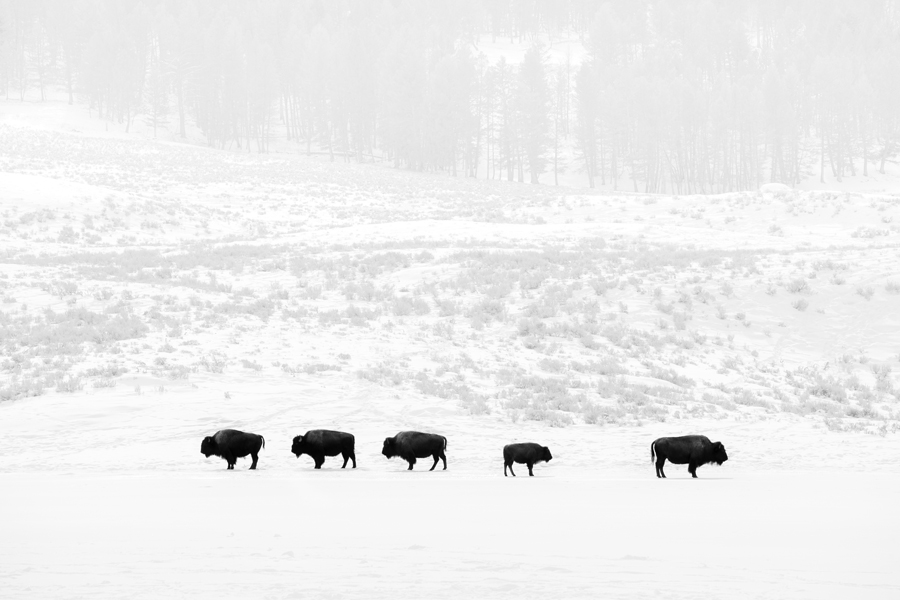
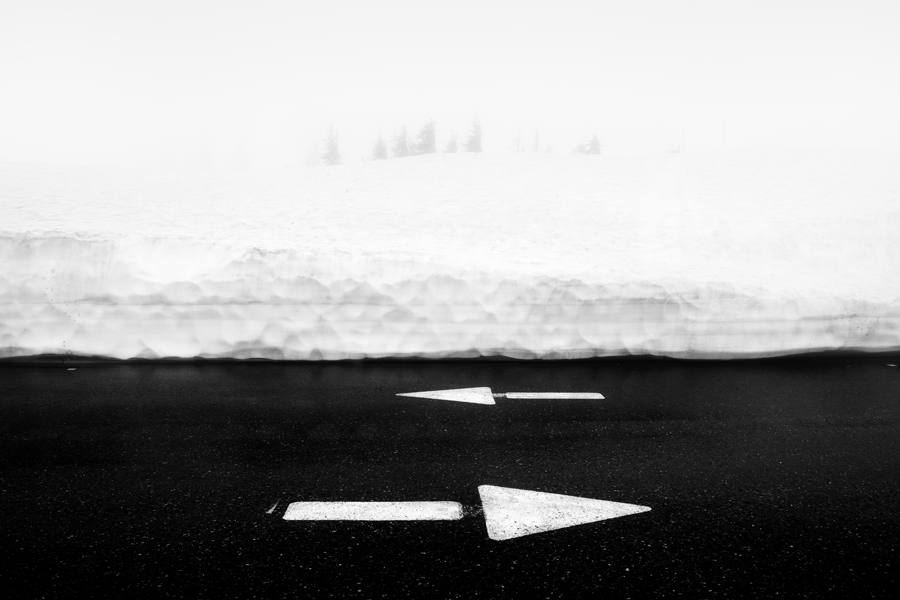
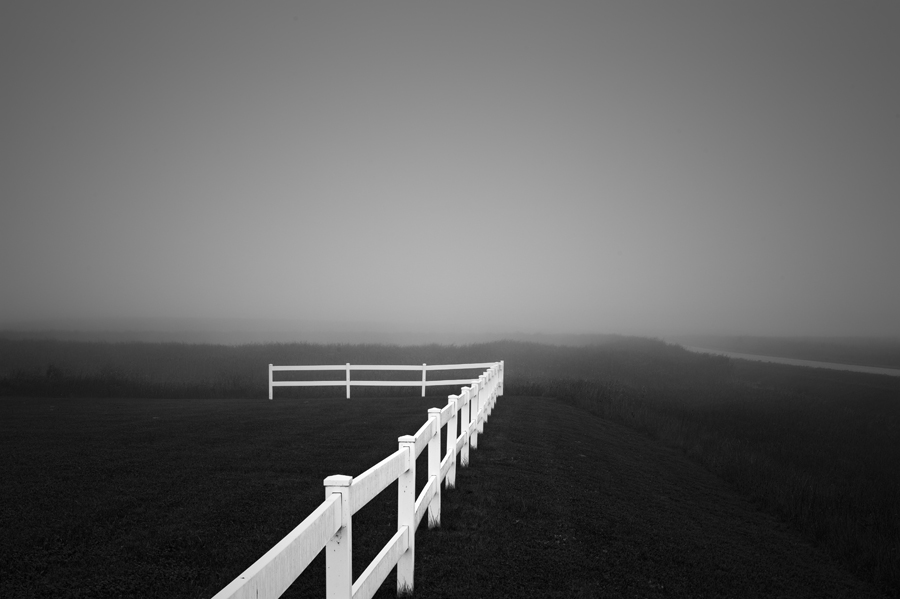
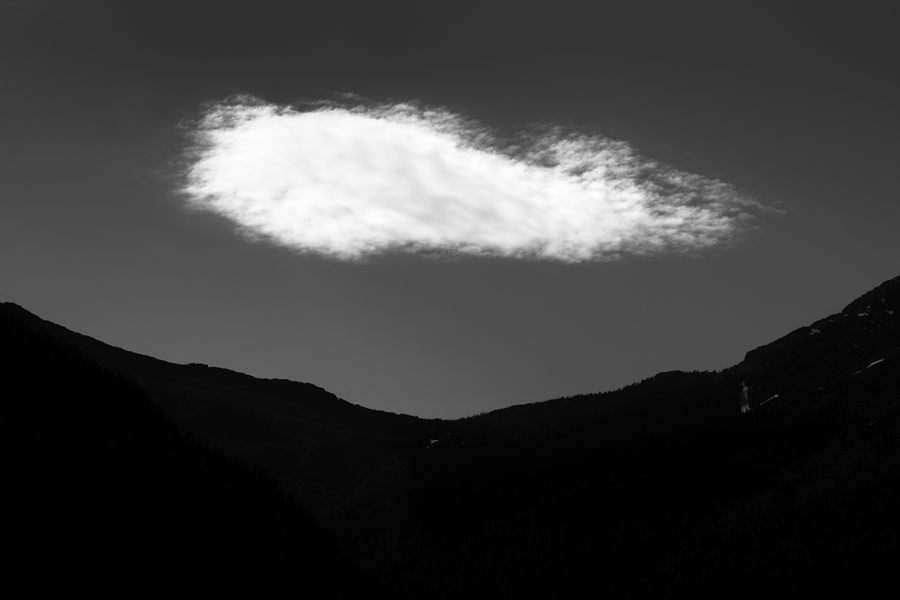
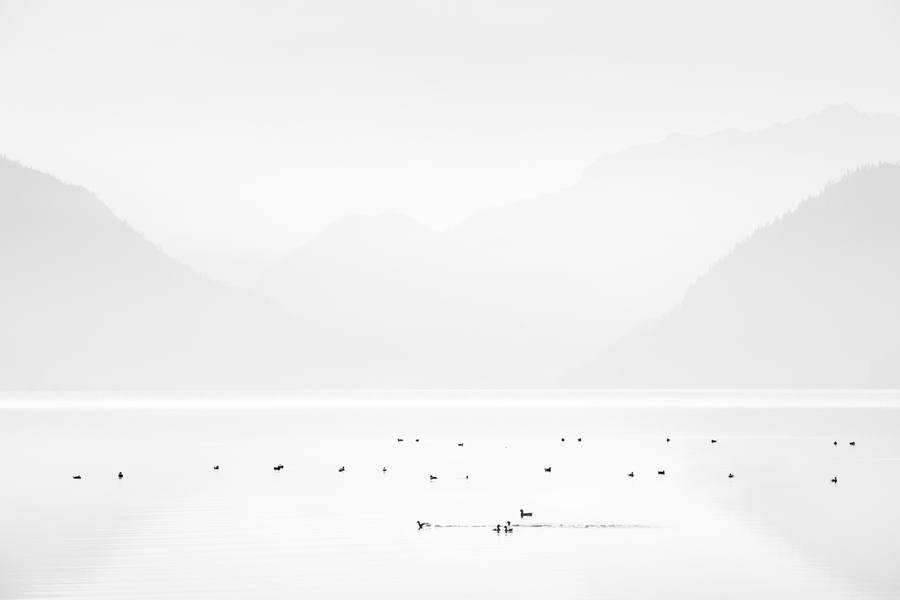
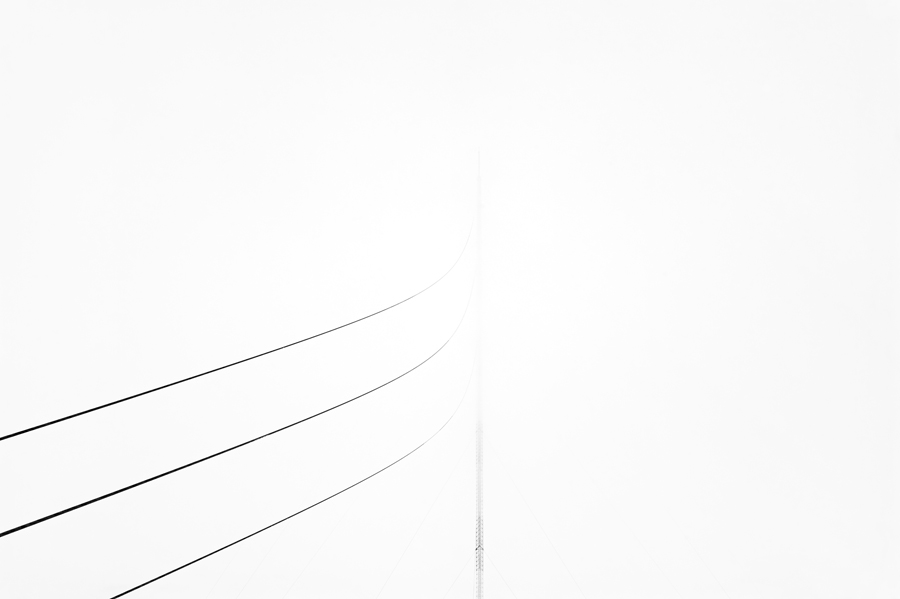
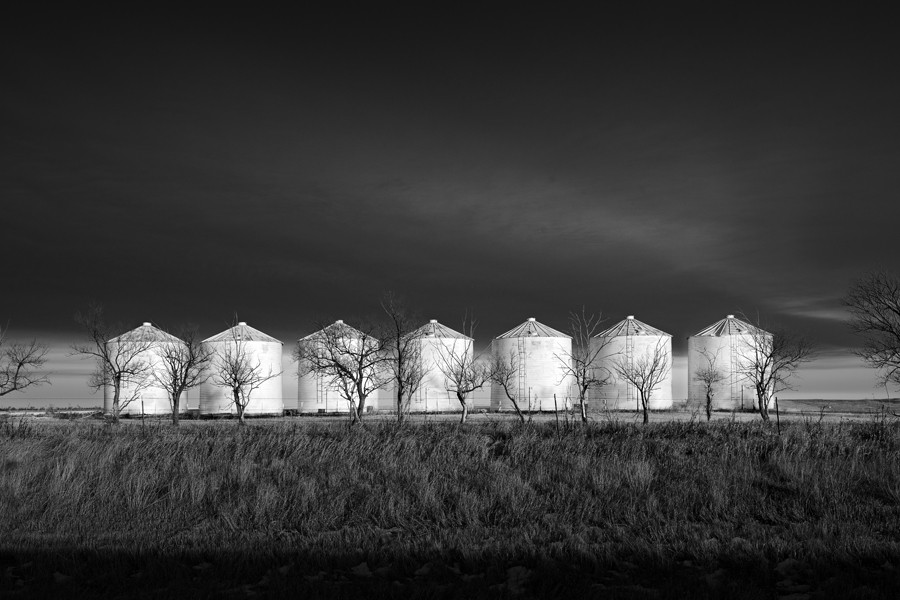
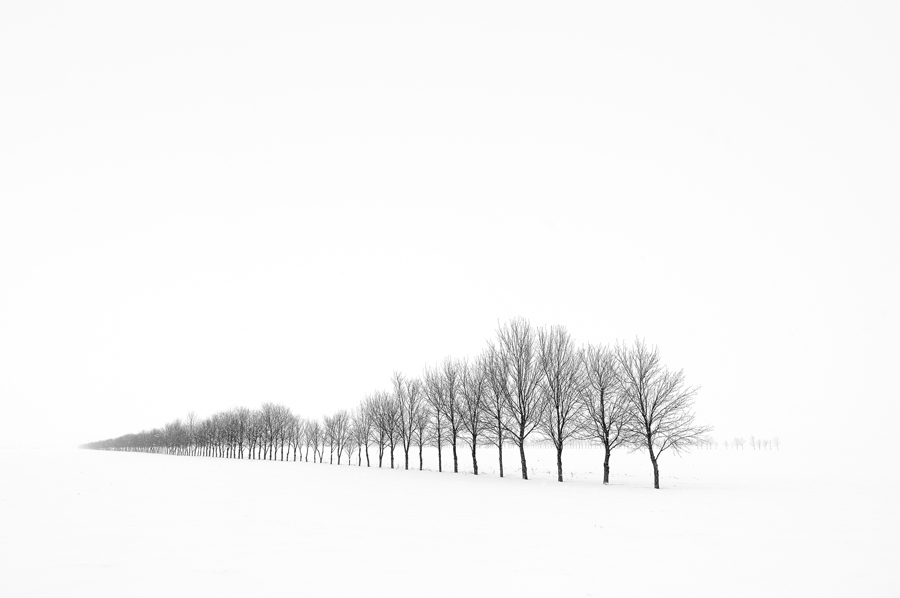
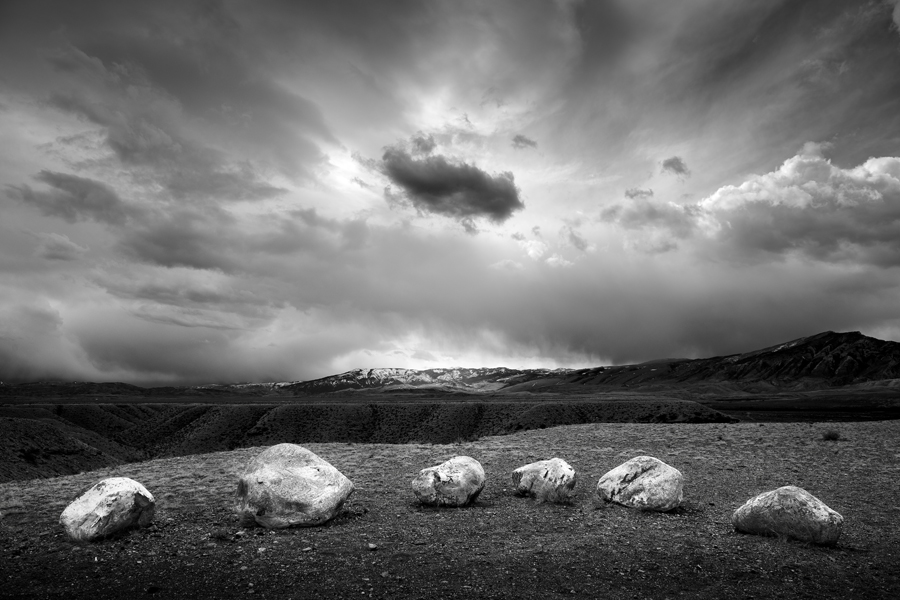
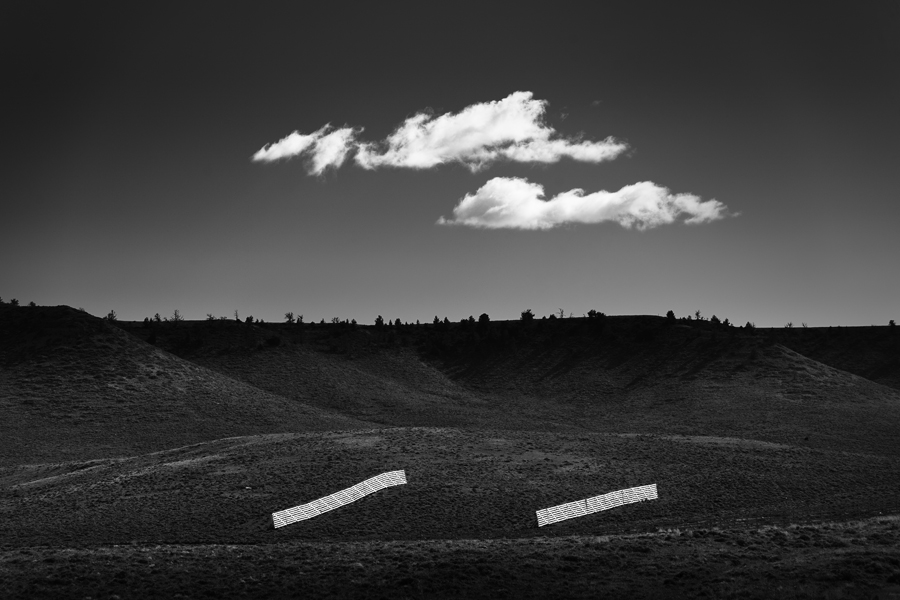
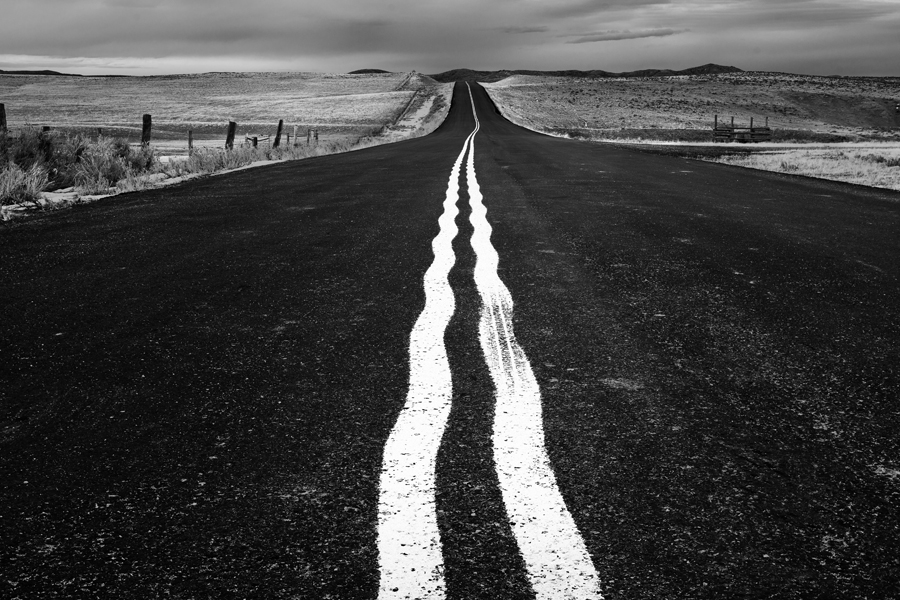
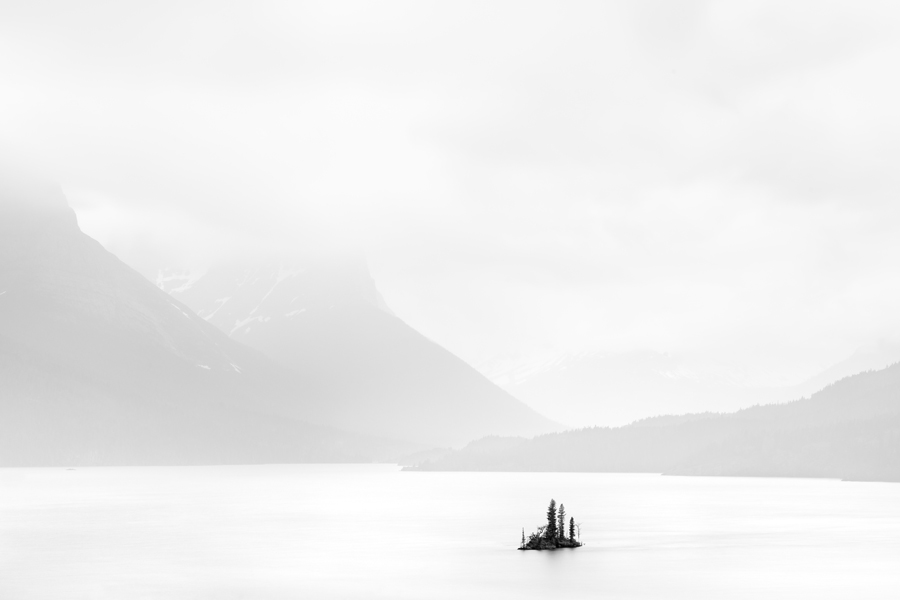
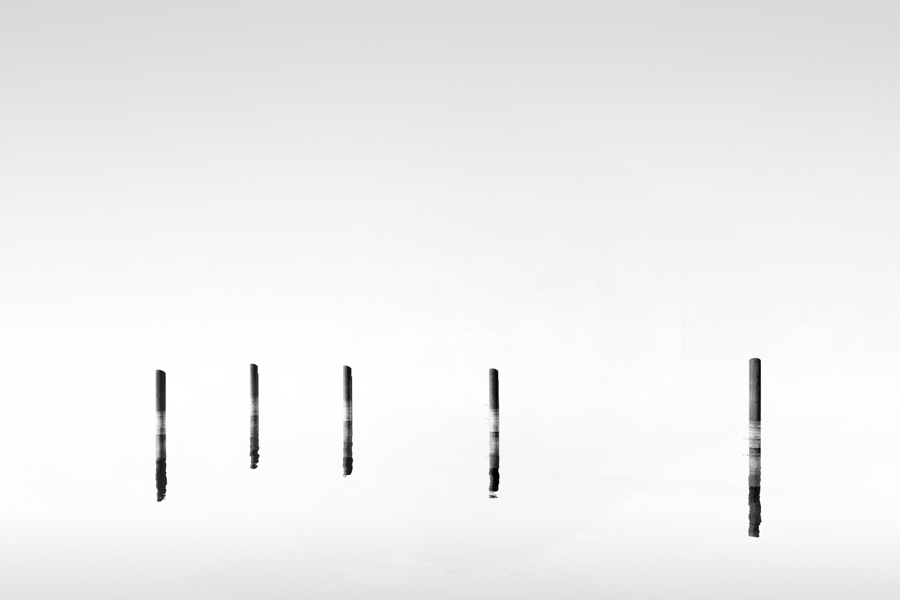
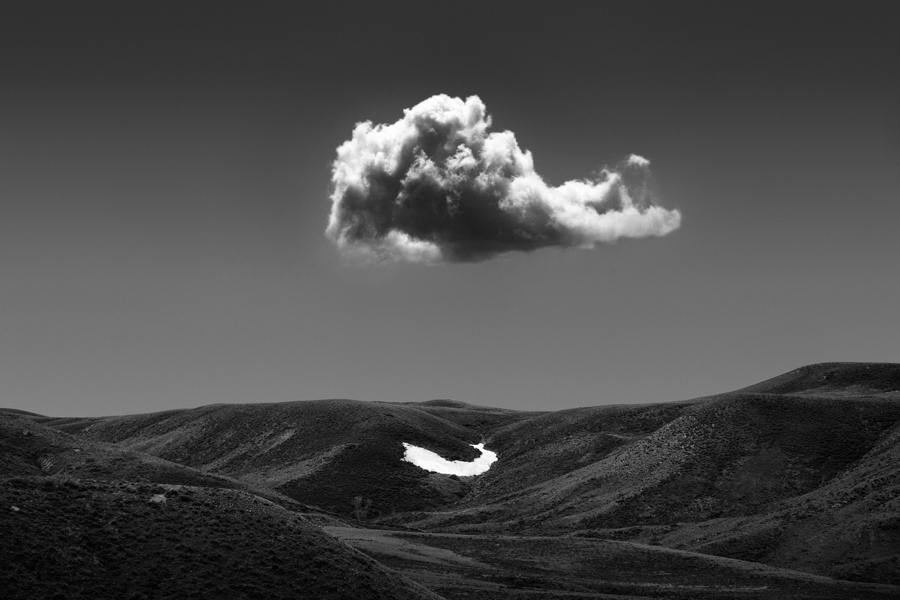
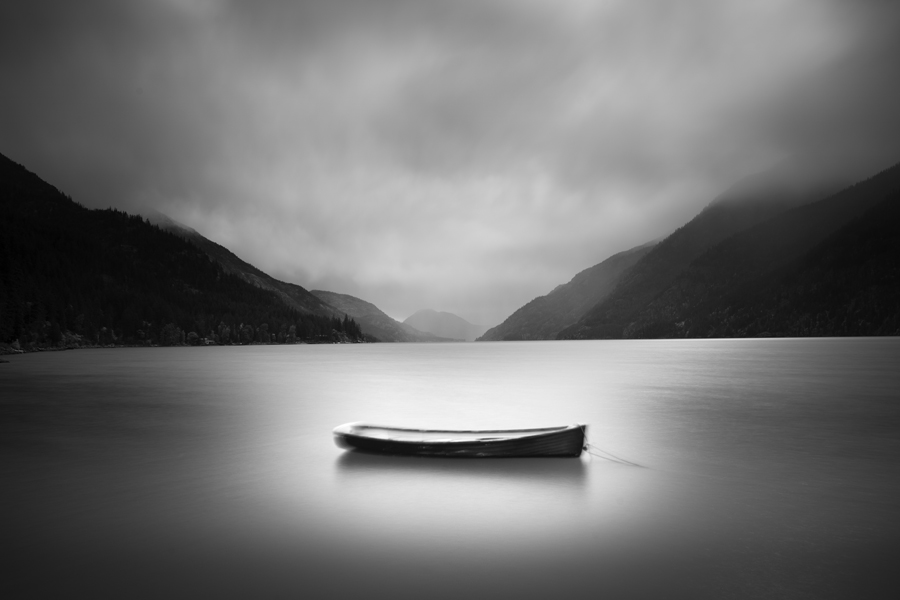
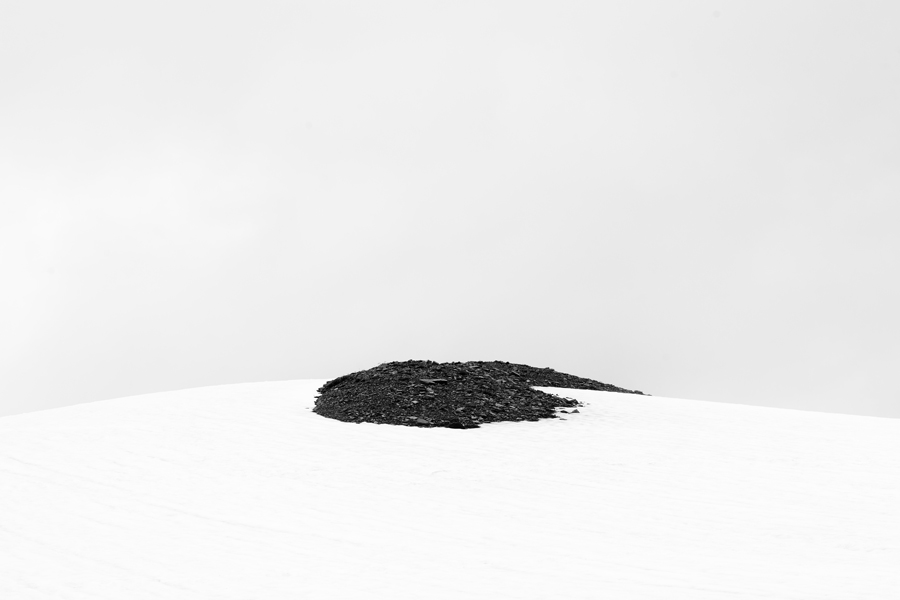
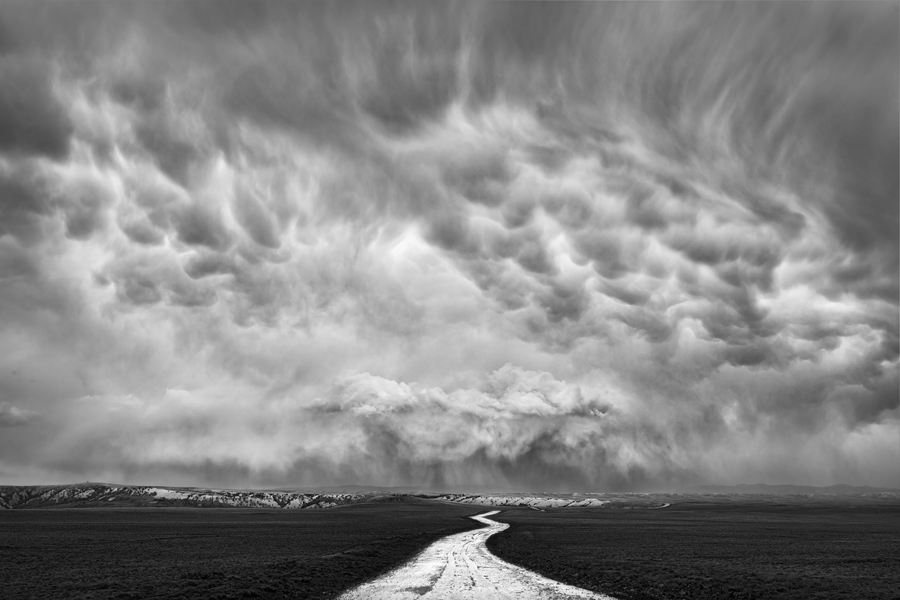
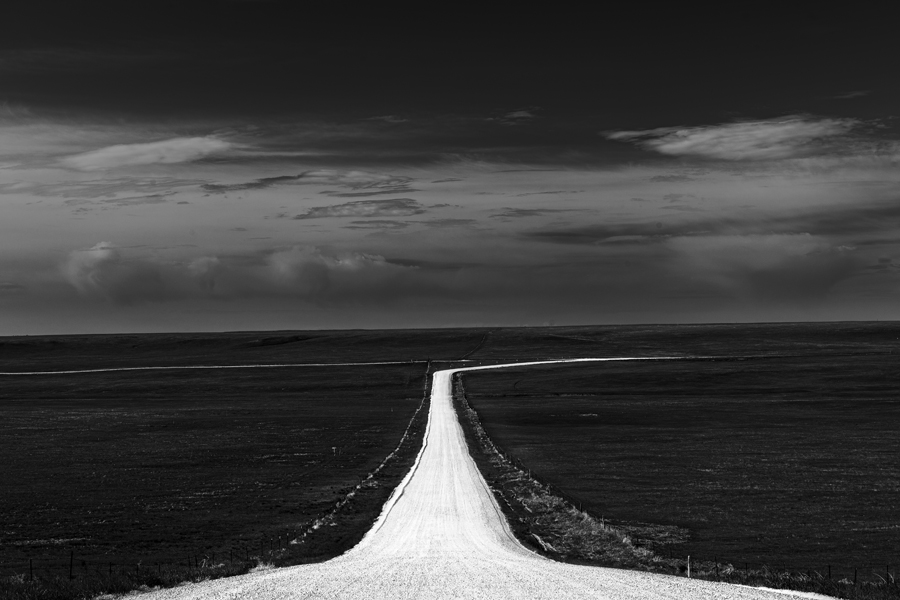
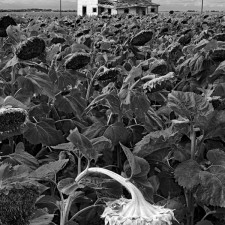

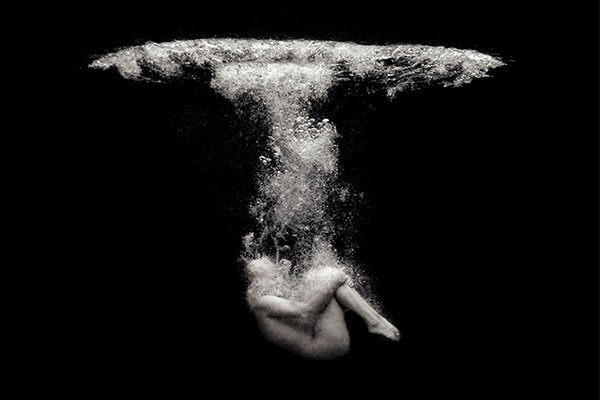
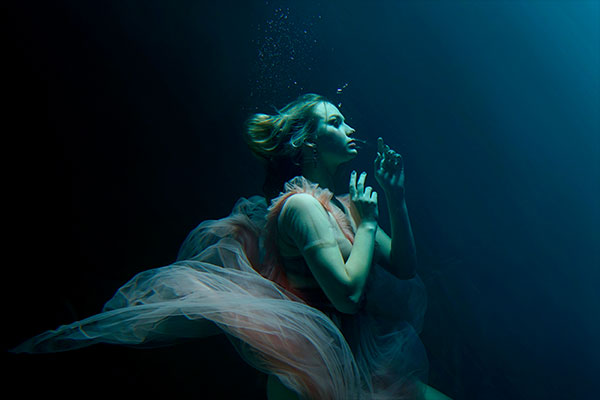
2 comments
JANSSENS serge
Aug 15, 2013 at 10:10
Splendide dans la construction comme dans sa réalisation,et de plus des tirages cinq étoiles,merci et mes félicitations Chuck
Comments are closed.